Actuators and sensors. Part 1 презентация
Содержание
- 2. outline Motivation, why robots need sensors? Difference between actuators and sensors
- 3. Sensors in Robotics are primarily used for two different purposes: Sensors
- 5. Any kind of device that converts one kind of energy into
- 6. Common complete robot system
- 7. classification Robot sensors can be classified into two groups: Internal sensors
- 8. External sensors External sensors: Obtain the information in the surrounding environment.
- 9. Evaluation Criteria for Sensors Evaluation Criteria for Sensors 1. Sensitivity -
- 11. Device error Absolute Error (EA): EA = measured value – true
- 12. Tolerance (Limiting Error)
- 13. Accuracy & Inaccuracy Definition: A measure of how close the output
- 14. Example: X = 20 °C, Y = 21.3 °C , find
- 15. Analog sensor: Potentiometer Analog sensor for measuring the rotational position Potentiometer
- 16. Sensor response curve for potentiometer Used to define different kind of
- 17. Range (full scale) The difference between the minimum angle and the
- 18. Nonlinearity error
- 19. Sensitivity The amount of change in the output -> results from
- 20. Next: wide range of sensors
- 21. Скачать презентацию
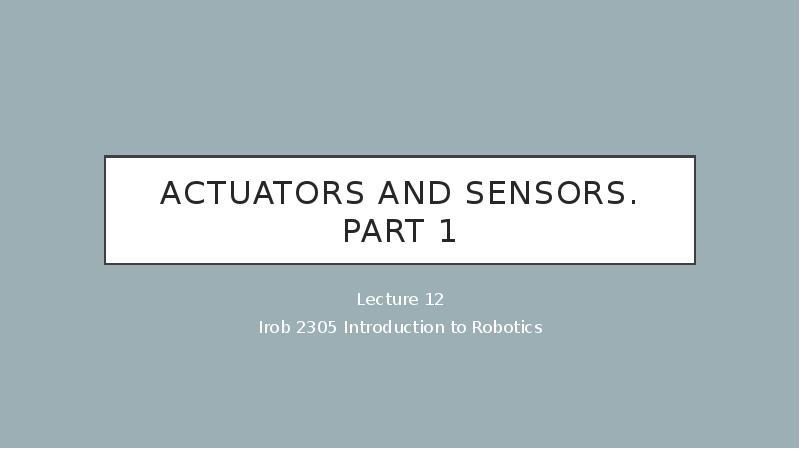




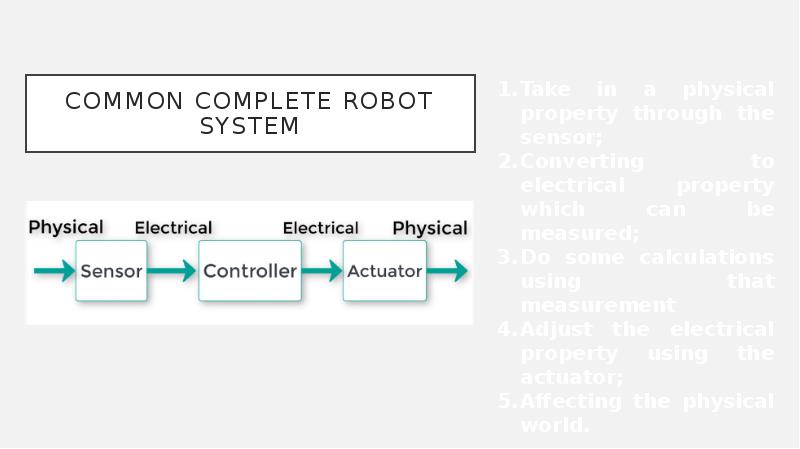



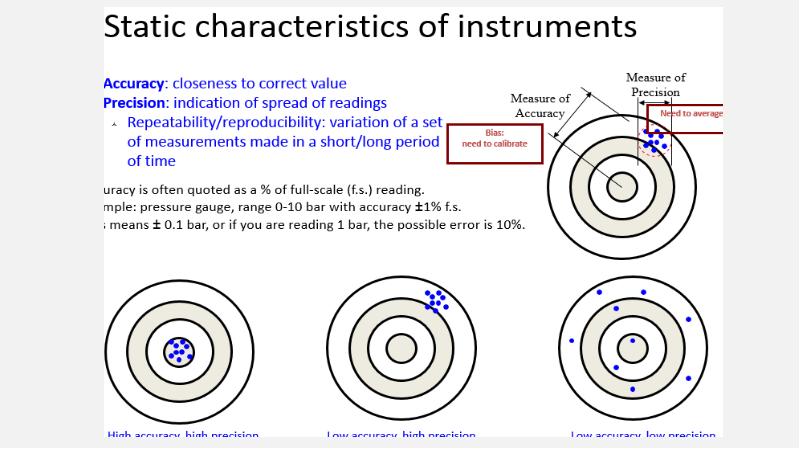
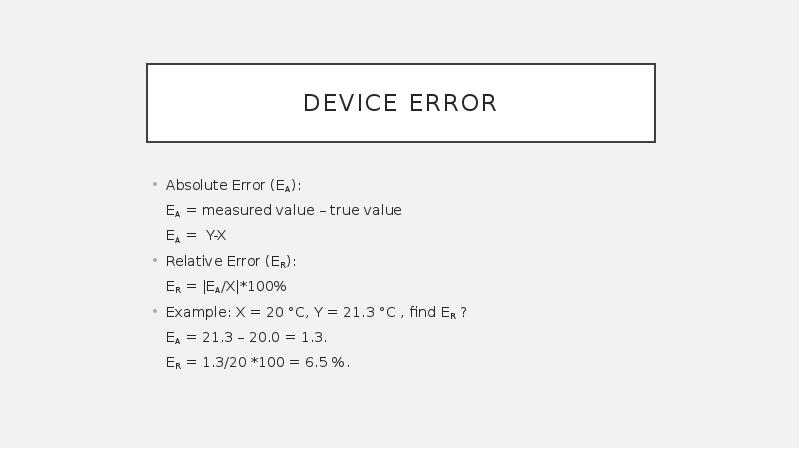
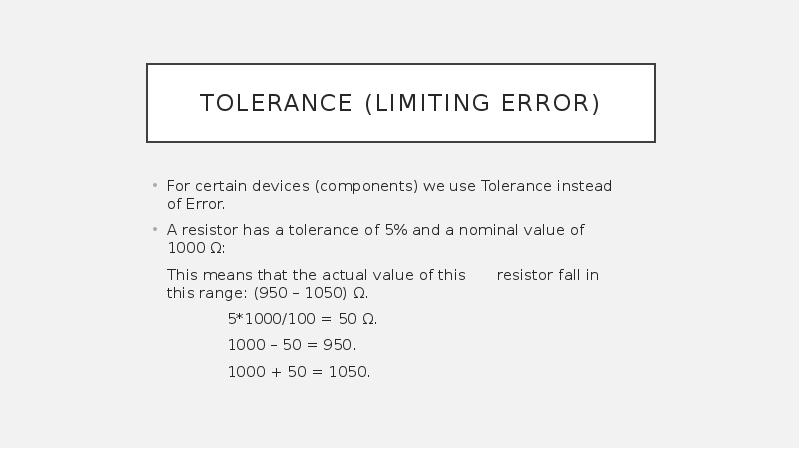

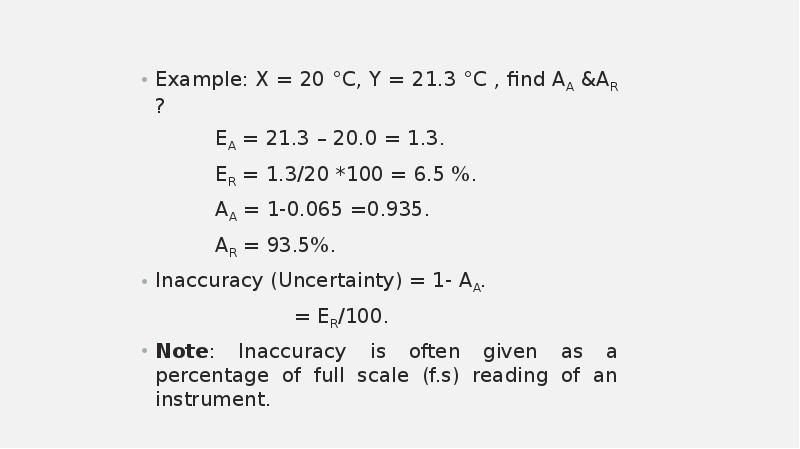
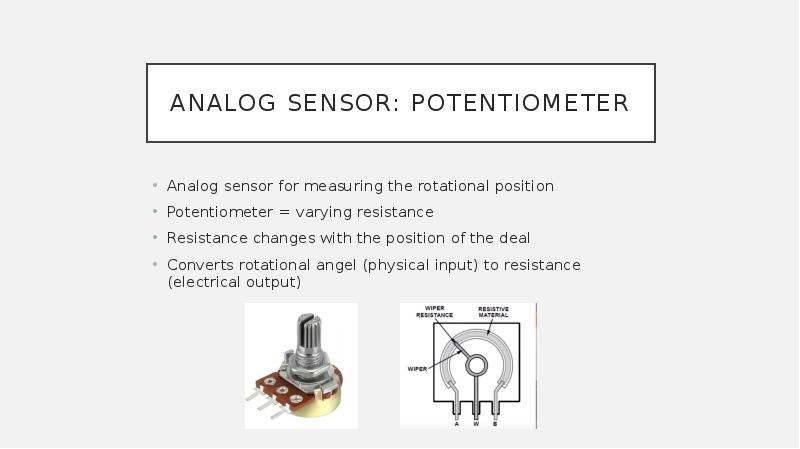
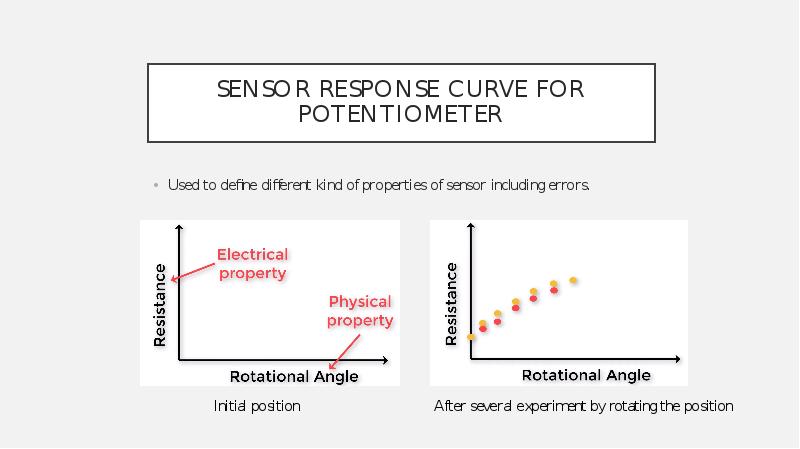



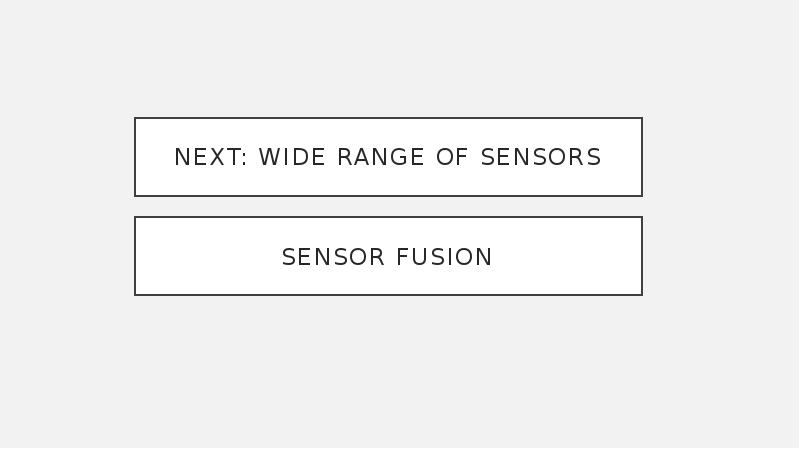
Слайды и текст этой презентации
Похожие презентации





























